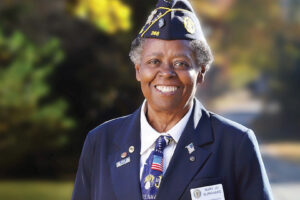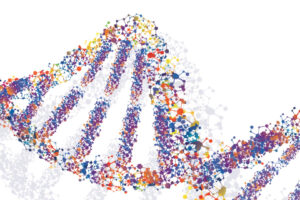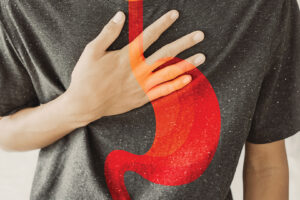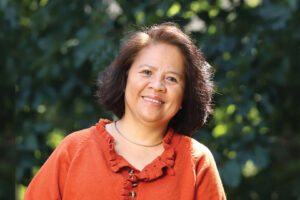According to the American Cancer Society, there will be an estimated 60,290 new cases of breast cancer diagnosed in this year alone. This means that a woman with an average risk of breast cancer has about a 12% chance of developing breast cancer within her lifetime. And just as significant is the fact that women with a first-degree relative (mother, sister, daughter, aunt, etc.) who developed breast cancer have a risk that is about double an average woman’s risk, or a 24% chance of getting it. These are alarming statistics despite the incredible advances in detection and treatment technologies.
So, my sister has been diagnosed with breast cancer, what should I do?
My hope as a primary care physician, is that my patient, whether it’s the sister or brother of a sibling that has breast cancer, immediately notify me of their sibling’s cancer diagnosis so that we could begin a discussion about their genetic risk, if any, and other possible risk factors, and decipher what proper course of action is necessary.
It’s important for me to know the exact type and stage of the sibling’s breast cancer. To calm my patient’s fears and anxieties, I’d first explain that while your risks are increased, still only about 5% to 10% of breast cancer cases are hereditary and about 70 percent of women diagnosed have no identifiable risk factors. I wouldn’t want my patient being stressed unnecessarily; therefore I’d want to again go over my patient’s family history and lifestyle.
If I find it necessary, I might suggest that my patient has genetic testing or recommend the sibling get tested for BRCA 1 or BRCA 2 gene mutations. We already know that women who have BRCA gene mutations are at a much higher risk of developing breast cancer, so it’s a good idea to establish whether or not that even plays a factor in the sibling’s cancer. I might also suggest that, if my patient is younger than the recommended age of 40, she get a baseline mammogram along with a breast ultrasound. The American Cancer Society currently recommends that women at high risk of breast cancer, those with two or more first degree relatives with breast cancer, should have both a mammogram and breast MRI every year starting at age 30. To a male patient, I may suggest getting a prostate and colorectal cancer screening since research shows that men whose sister has a cancer diagnosis has a higher risk of those types of cancers.
Other than inherited gene mutations, I would definitely go over other important lifestyle-related risk factors for developing breast cancer, including smoking, obesity, excessive alcohol consumption, oral contraceptives, having children later in life, and exposure to environmental chemicals, among others.
An important thing to note is that we understand breast cancer a lot better today, and thanks to modern scientific breakthroughs, breast cancer is more curable than ever. Modern medications have the potential for preventing breast cancer in patients who are at higher risk, and the future holds the promise of additional advances in breast cancer diagnosis and treatment.
The Star and Barry Tobias Women’s Health Center at CentraState Medical Center offers breast health wellness, diagnostic, treatment and counseling services performed by an all-female staff. Patients getting a mammogram at the Women’s Health Center will receive a $50 gift certificate toward any regular-priced massage or facial at Hand & Stone Spa in Howell. For more information, call 866.236.8727 or visit centrastate.com/womens-health.
If you need a family doctor to help manage yours and your family’s health and wellness, CentraState Medical Center’s Physician Finder offers a full roster of board-certified primary care doctors at centrastate.com/physicians or by calling 866- CENTRA7.
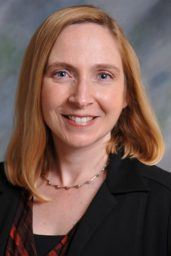 Nancy Peters, MD is a board-certified internal medicine and pediatrics physician at Family Practice of CentraState in Colts Neck and can be reached by calling 866-CENTRA7.
Nancy Peters, MD is a board-certified internal medicine and pediatrics physician at Family Practice of CentraState in Colts Neck and can be reached by calling 866-CENTRA7.


